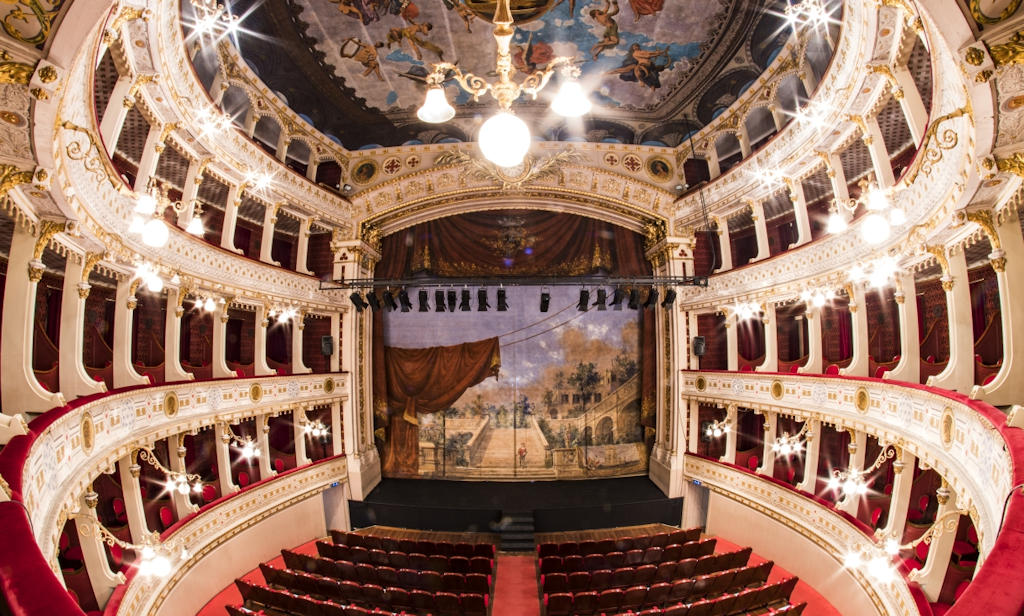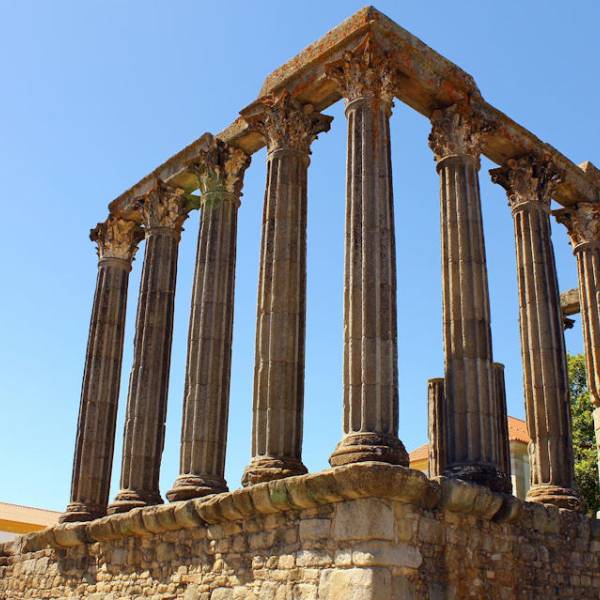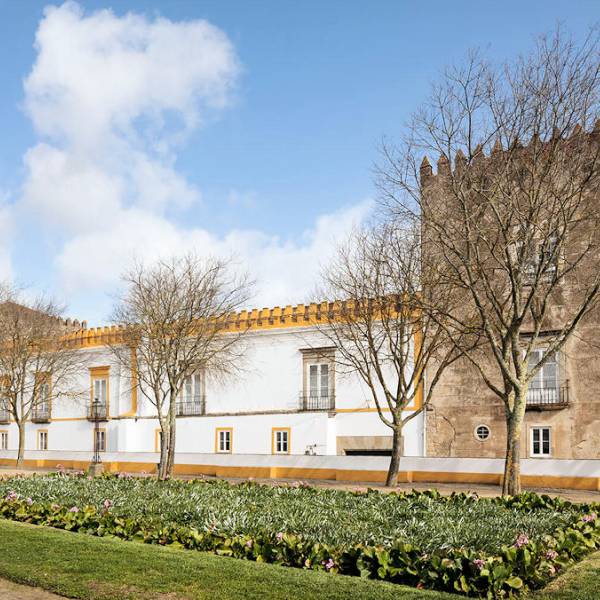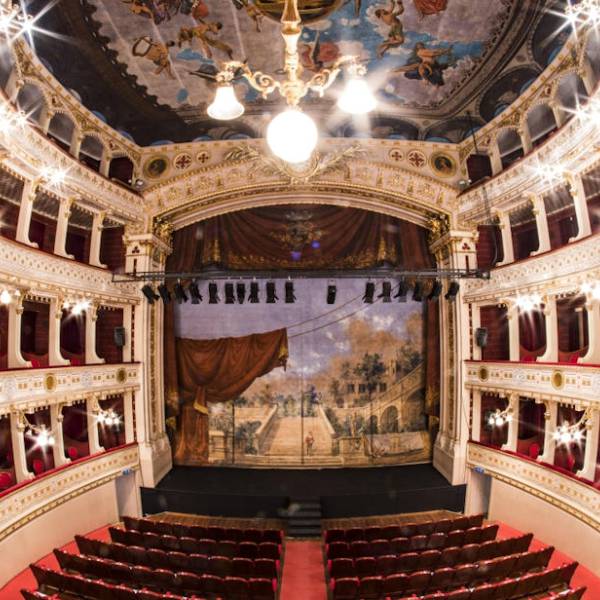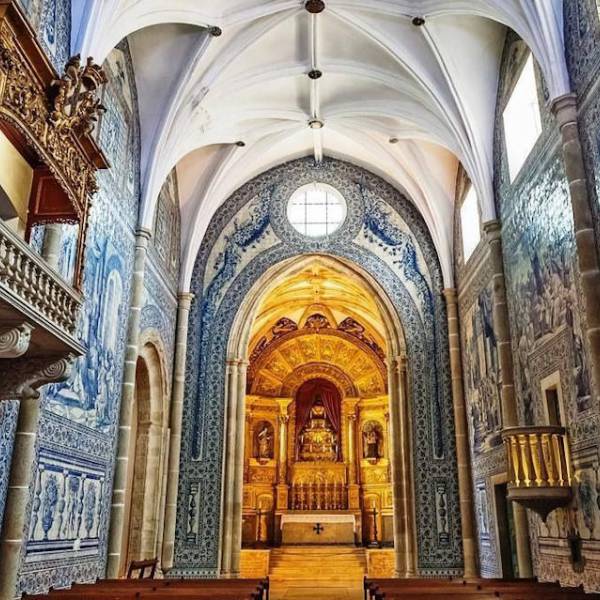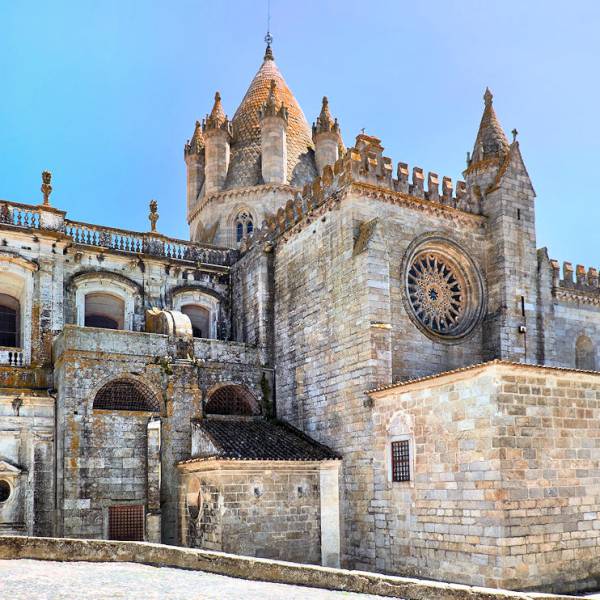Évora's Garcia de Resende Theatre is a recommended day trip from Lisbon due to its historical significance and architectural grandeur. Visitors can immerse themselves in the cultural heritage of Portugal, experiencing the beauty of Italian-style theatre and exploring the vibrant performing arts scene in this captivating city.
Architecturally, the theatre's original facade, adorned with ornate pink marble, intricate stucco rosettes, and delicate wrought-iron details, no longer exists. In 1969, a significant renovation replaced the marble and stucco with granite, resulting in a loss of the theatre's stylistic unity. For instance, the shape of the facade's windows was altered, deviating from the original design.
Upon entering the theatre, visitors are greeted by an impressive hall decorated with oil paintings by João Vaz, depicting classic figures representing Music, Dance, Comedy, and Literature. The names of the artists involved in the theatre's decoration are also mentioned, including Luigi Manini, the scenographer of the National Theatre of São Carlos, who contributed to the adornment of Garcia de Resende. The hall also features a medallion, commissioned by the Évora City Council, bearing the effigy of the Barahona couple, who donated the building to the municipality on August 14, 1890.
To the left of the hall is the bar, adorned with ceiling motifs reflecting its purpose, while the walls are adorned with fleur-de-lis, a recurring motif found throughout the theatre's decoration, including the main hall. On the right side, there is a door leading to the cloakroom (now the reception area). Adjacent to the side door are the box office and staircases providing access to the third tier of boxes and the gallery, representing the social hierarchy inherent in the Italian-style theatre design.
Lisbon.vip Recommends
Beyond its architectural elegance, the theatre's Italian-style layout embodies a space for seeing and being seen. The boxes provide intimate spaces for socializing, as perfectly described by Eça de Queirós in his novel "Os Maias".
Garcia de Resende Theatre in Évora stands as a testament to Portugal's rich theatrical heritage, showcasing the grandeur of its architecture and the cultural significance it holds within the region. With its historical and architectural value, the theatre remains a vibrant cultural venue, hosting various performances, and inviting visitors to step into the past while appreciating the artistic beauty of this renowned Portuguese theatre.
Map View


